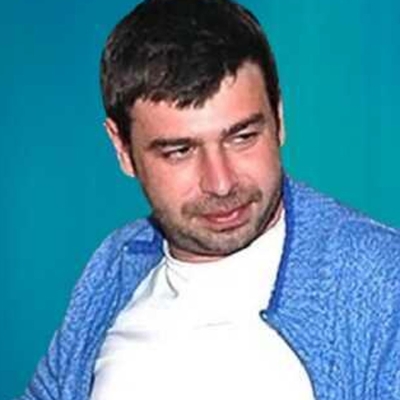Kakhovka dam in southern Ukraine is blown, unleashing flood of water

A vast Soviet-era dam in the Russian controlled part of southern Ukraine was blown on Tuesday (6 June), unleashing a flood of water across the war zone, according to both Ukrainian and Russian forces.
Both sides blamed the other for destroying the dam.
Unverified videos on social media showed a series of intense explosions around the Kakhovka dam. Other videos showed water surging through the remains of the dam with bystanders expressing their shock, sometimes in strong language.
Ukraine’s Southern Operational Command reported early on June 6 that Russian forces blew up the Kakhovka Hydroelectric Power Plant.
"The scale of the destruction, the speed and volumes of water, and the likely areas of inundation are being clarified," the military said on their… pic.twitter.com/xIAEivrOTq
— The Kyiv Independent (@KyivIndependent) June 6, 2023
The dam, 30 metres (yards) tall and 3.2 km long, was built in 1956 on the Dnipro river as part of the Kakhovka hydroelectric power plant.
It holds an 18 km3 reservoir which also supplies water to the Crimean peninsula, annexed by Russia in 2014, and to the Zaporizhzhia nuclear plant, which is also under Russian control.
Ukraine’s military said that Russian forces blew up the dam.
“The Kakhovka (dam) was blown up by the Russian occupying forces,” the South command of Ukraine’s Armed Forces said on Tuesday on its Facebook page.
“The scale of the destruction, the speed and volumes of water, and the likely areas of inundation are being clarified.”
Russian news agencies said the dam, controlled by Russian forces, had been destroyed in shelling while a Russian-installed official said it was a terrorist attack – Russian shorthand for an attack by Ukraine.
Reuters was unable to immediately verify the battlefield accounts from either side.
With the Kakhovka dam in southern Ukraine destroyed, a wave of water is expected to flood dozens of towns in the coming hours pic.twitter.com/qLHDou2fv6
— BNO News (@BNONews) June 6, 2023
Read more with EURACTIV






